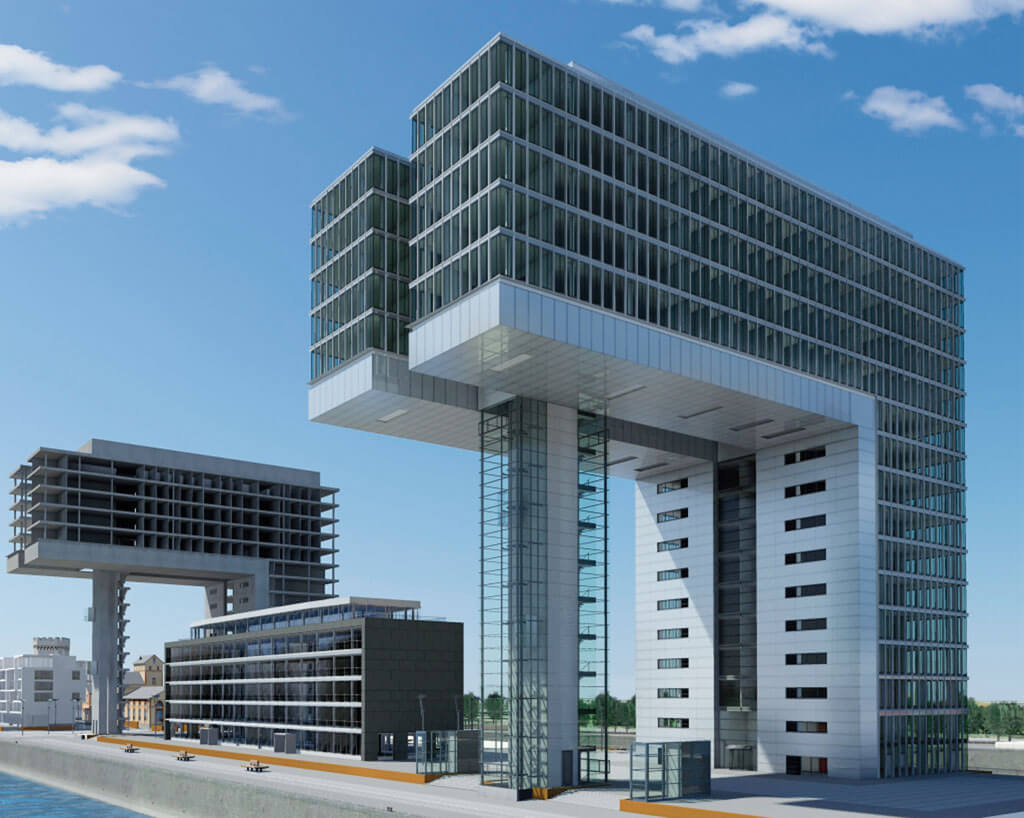Virtual staging and 3D rendering have revolutionized the interior design industry by providing designers and clients with powerful tools to visualize
Virtual staging and 3D rendering have revolutionized the interior design industry by providing designers and clients with powerful tools to visualize and experiment with space without the need for physical staging. This article delves into the concepts, benefits, and processes involved in virtual staging and 3D rendering within interior design.
Understanding Virtual Staging and 3D Rendering
Virtual staging is the process of creating digital furnishings and decor within the photograph of an empty space to make it appear lived-in or to showcase its potential. It’s a cost-effective alternative to physical staging, which requires renting furniture and accessories to dress a room. 3D rendering goes a step further by constructing a three-dimensional digital model of a space, including textures, lighting, and furniture, providing an even more immersive experience.
The Benefits of Virtual Staging and 3D Rendering
The advantages of virtual staging and 3D rendering are manifold:
- Cost-Effectiveness: It eliminates the need for physical furniture and the costs associated with storage, transport, and staging.
- Flexibility: Designers can easily swap out elements, try different styles, and make quick revisions.
- Visualization: It helps clients visualize what a space could look like before committing to any physical changes or purchases.
- Marketing: For real estate, virtual staging can make a property more appealing to potential buyers by showcasing a well-designed space.
- Remote Accessibility: Clients can see and approve designs from anywhere in the world without needing to visit the space physically.
The Process of Virtual Staging
The virtual staging process typically follows these steps:
- Photograph the Space: A high-quality photograph of the empty room serves as the base for staging.
- Design Concept: Interior designers develop a design concept considering the space’s potential and the client’s preferences.
- Digital Furnishing: Using specialized software, designers add digital images of furniture and decor to the photograph.
- Review and Revise: Clients review the staged image and suggest any changes, which are easily implemented.
The Process of 3D Rendering
3D rendering is more intricate and involves:
- Modeling: The room is digitally reconstructed in three dimensions.
- Texturing: Surfaces are given textures to mimic real materials.
- Lighting: Lighting is added to simulate natural and artificial light sources.
- Furnishing: Virtual furniture and decor are placed within the model.
- Rendering: The software processes the model to produce a final image or animation that looks realistic.
- Post-Processing: Any final touches are added through image editing software if needed.
Technologies and Software
Various software applications are used in virtual staging and 3D rendering. For virtual staging, tools like Photoshop might be sufficient, while 3D rendering requires more advanced programs such as Autodesk 3ds Max, SketchUp, or VRay. These tools offer a range of functionalities, from basic staging to complex renders with lifelike lighting and textures.
Challenges and Considerations
While virtual staging and 3D rendering offer significant benefits, there are challenges to consider:
- Realism: The quality of the render must be high to avoid looking artificial.
- Design Integrity: The digital design must accurately reflect the physical limitations and potential of the actual space.
- Technical Skills: Proficiency in specialized software is required to produce high-quality renders.
Conclusion
Virtual staging and 3D rendering are indispensable in modern interior design. They provide an efficient and effective way to convey design intent, make decisions, and market properties. As technology continues to advance, we can expect these tools to become even more realistic and accessible, further transforming the interior design landscape.


COMMENTS